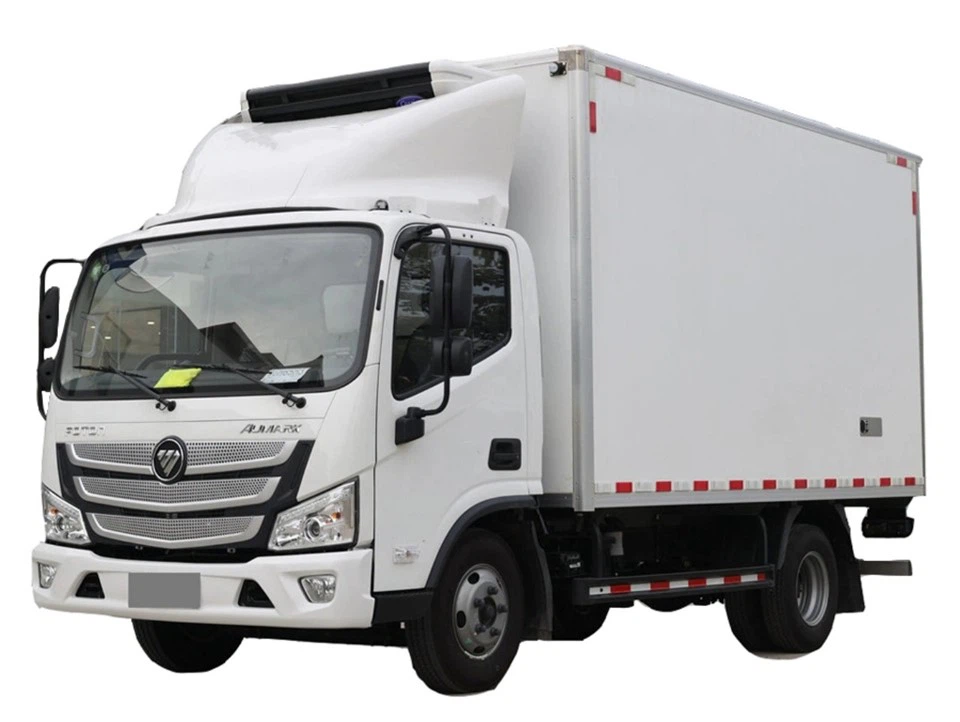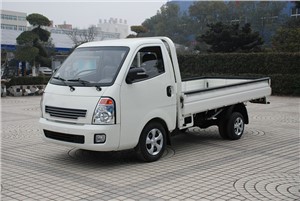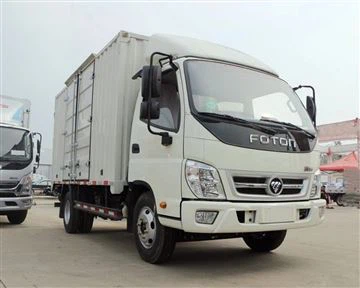Understanding the Peterbilt Roll Off Truck: A Complete Guide

The Peterbilt roll off truck has become one of the most trusted and reliable vehicles in the waste management industry. Known for its durability and power, this truck plays a crucial role in transporting and managing construction debris, waste, and other materials. In this article, we’ll delve deep into what makes the Peterbilt roll off truck a preferred choice among operators and businesses alike. We’ll cover its features, benefits, operational considerations, and practical tips to ensure you make the most of this vehicle.
1. Overview of the Peterbilt Roll Off Truck
The Peterbilt roll off truck is designed specifically for handling and transporting roll off containers. These containers are primarily used for construction and demolition projects, providing an efficient solution for waste collection. The truck’s design, combined with its powerful engine and high load capacity, makes it an ideal choice for heavy-duty applications.
1.1 Key Features of Peterbilt Roll Off Trucks
- High durability and robust construction
- Powerful engine options for heavy loads
- Ergonomically designed for ease of operation
- Advanced safety features to protect operators and the public
- Flexible container options to meet varying job requirements
2. Types of Peterbilt Roll Off Trucks
There are several models of Peterbilt roll off trucks, each offering different features and specifications to cater to diverse needs.
2.1 Peterbilt 320
The Peterbilt 320 is one of the most popular models in the roll off truck segment, known for its maneuverability and compact design. It’s ideal for urban waste collection where space is limited.
2.2 Peterbilt 367
For those needing more power and capacity, the Peterbilt 367 features a higher load rating and a larger chassis, making it suitable for construction sites and larger waste management tasks.
2.3 Peterbilt 579
The Peterbilt 579 is praised for its aerodynamic design and fuel efficiency. It combines cutting-edge technology with comfort, perfect for long-distance collections.
3. Advantages of Operating a Peterbilt Roll Off Truck
Choosing a Peterbilt roll off truck comes with numerous benefits:

3.1 Reliability
Known for their sturdy construction, Peterbilt trucks offer reliability that ensures operators can depend on their vehicles even in harsh conditions.
3.2 Versatility
With various models and the ability to customize containers, these trucks can be used for a variety of applications, from waste collection to recycling operations.
3.3 Performance
Equipped with powerful engines and efficient drivetrain systems, Peterbilt trucks provide superior performance, making them suitable for heavy-duty tasks.
3.4 Comfort and Usability
Ergonomically designed cabins provide comfort for drivers, enhancing productivity and reducing fatigue during long work hours.
4. Maintenance Tips for Your Peterbilt Roll Off Truck
Proper maintenance is crucial for ensuring longevity and optimal performance of your roll off truck. Here are some tips to keep it in top shape:
4.1 Regular Inspections
Conduct thorough inspections before and after each job to identify any potential issues early on. Check tires, brakes, lights, and fluid levels.
4.2 Scheduled Maintenance
Follow the manufacturer’s maintenance schedule for tasks such as oil changes, filter replacements, and routine checks of critical systems.
4.3 Keep it Clean
Regular cleaning not only reduces corrosion but also makes it easier to spot leaks and other issues that may arise over time.
4.4 Repair Worn Parts Promptly
Address any signs of damage, like worn brakes or leaks, as soon as possible to prevent them from causing more significant issues later.
5. Safety Tips for Operating a Peterbilt Roll Off Truck
Safety should always be your priority when operating a roll off truck. Here are some essential safety tips:
5.1 Training
Ensure all operators are thoroughly trained not only on how to drive the truck but also on the unique requirements of handling roll off containers.
5.2 Use Personal Protective Equipment (PPE)
Always wear appropriate PPE, including hard hats, gloves, and high-visibility vests, while on-site.
5.3 Proper Loading Techniques
Follow guidelines for loading and unloading containers to prevent accidents and injuries. Make sure the load is balanced and secured before moving.
5.4 Adhere to Traffic Regulations
Observe all traffic rules and signals, especially when operating in urban settings where pedestrians and cyclists are present.
6. Understanding the Economics of Owning a Peterbilt Roll Off Truck
Investing in a Peterbilt roll off truck can be a significant financial decision. Here are some economic considerations:

6.1 Purchase Costs vs. Leasing
Decide whether to buy or lease your truck based on your financial situation and usage needs. Leasing may reduce upfront costs but could be more expensive long-term.
6.2 Fuel Efficiency
Choosing a model with better fuel efficiency can reduce operating costs significantly over time. Consider the specifications when selecting your truck.
6.3 Maintenance Expenses
Factor in ongoing maintenance costs as part of your overall budget. Regular maintenance can prevent costly repairs down the line.
7. Case Studies: Successful Use of Peterbilt Roll Off Trucks
Examining real-world examples can provide valuable insights into the effectiveness of Peterbilt roll off trucks.
7.1 Construction Project Case Study
A construction company recently transitioned to Peterbilt roll off trucks for their operations, leading to a 20% increase in efficiency due to the trucks’ reliable performance under heavy loads.
7.2 Waste Management Company Success
A waste management company reported a reduction in operational downtime after switching to Peterbilt trucks, citing the vehicles’ durability in adverse weather conditions.
8. Choosing the Right Accessories and Add-ons for Your Roll Off Truck
Enhancing your truck with the right accessories can optimize its performance and safety:
8.1 Backup Cameras
Adding a backup camera can enhance safety by providing better visibility when reversing and maneuvering in tight spaces.
8.2 Load Indicators
Load indicators can help monitor the amount of weight being carried, ensuring compliance with local regulations and truck specifications.
8.3 Container Securement Devices
Utilize securement devices to prevent load shifting during transport, thereby improving safety for both the operator and the public.
9. Frequently Asked Questions (FAQ)
9.1 What is the average lifespan of a Peterbilt roll off truck?
With proper maintenance, a Peterbilt roll off truck can last between 10 to 15 years, depending on usage and care.
9.2 Are Peterbilt roll off trucks fuel efficient?

Yes, Peterbilt models are designed with fuel efficiency in mind, especially newer models equipped with advanced engine technology.
9.3 Can I customize my Peterbilt roll off truck?
Yes, Peterbilt offers various customization options, including engine types, chassis configurations, and cabin features to meet your specific needs.
9.4 How do I find parts for my Peterbilt truck?
Parts for Peterbilt trucks can be sourced through authorized dealers, online marketplaces, and at specialized truck parts stores.
9.5 What is the weight capacity of a Peterbilt roll off truck?
The weight capacity varies by model and configuration, but most Peterbilt roll off trucks are designed to carry loads ranging from 10,000 to 40,000 pounds.
9.6 How often should I service my Peterbilt roll off truck?
Follow the manufacturer’s recommended service schedule, typically every 5,000 to 10,000 miles, or sooner if the truck is heavily used.
